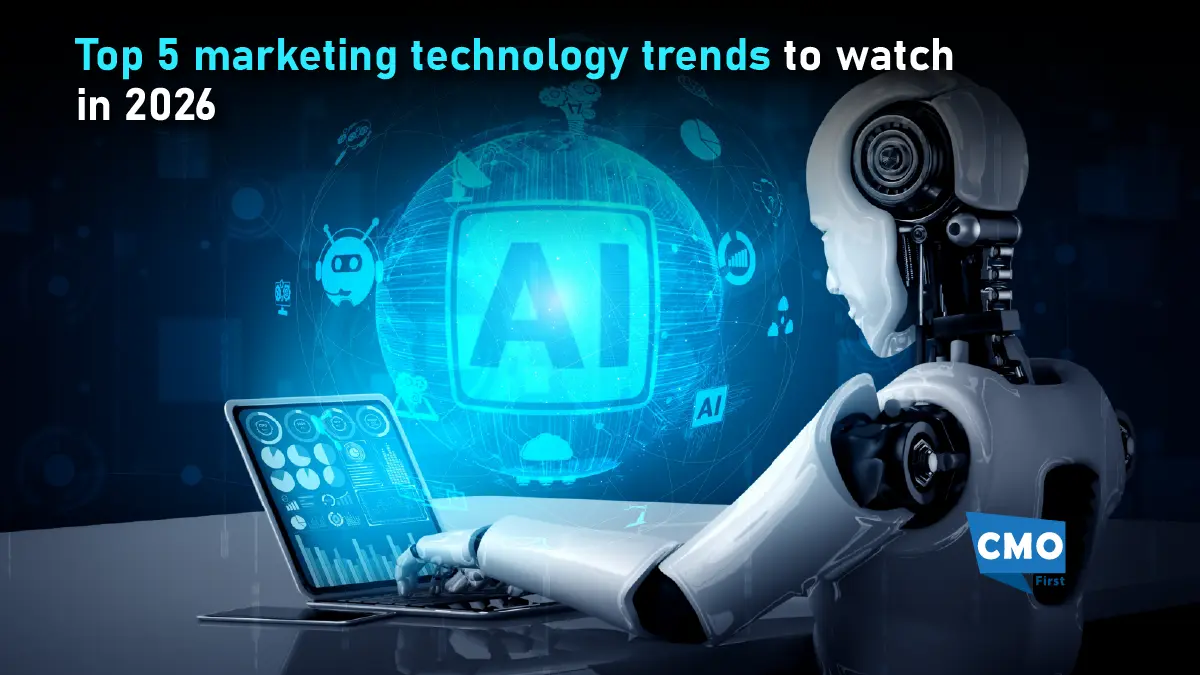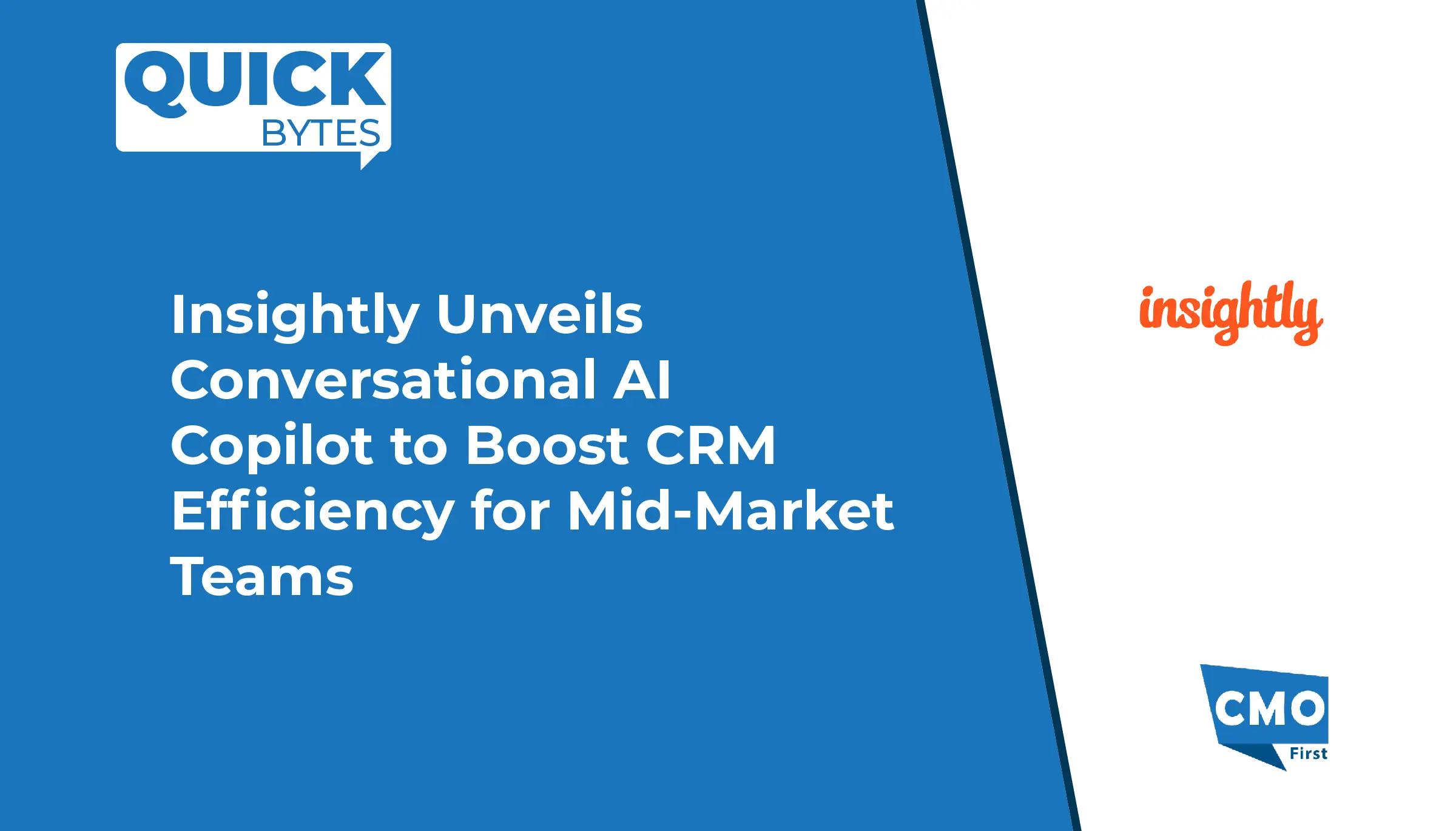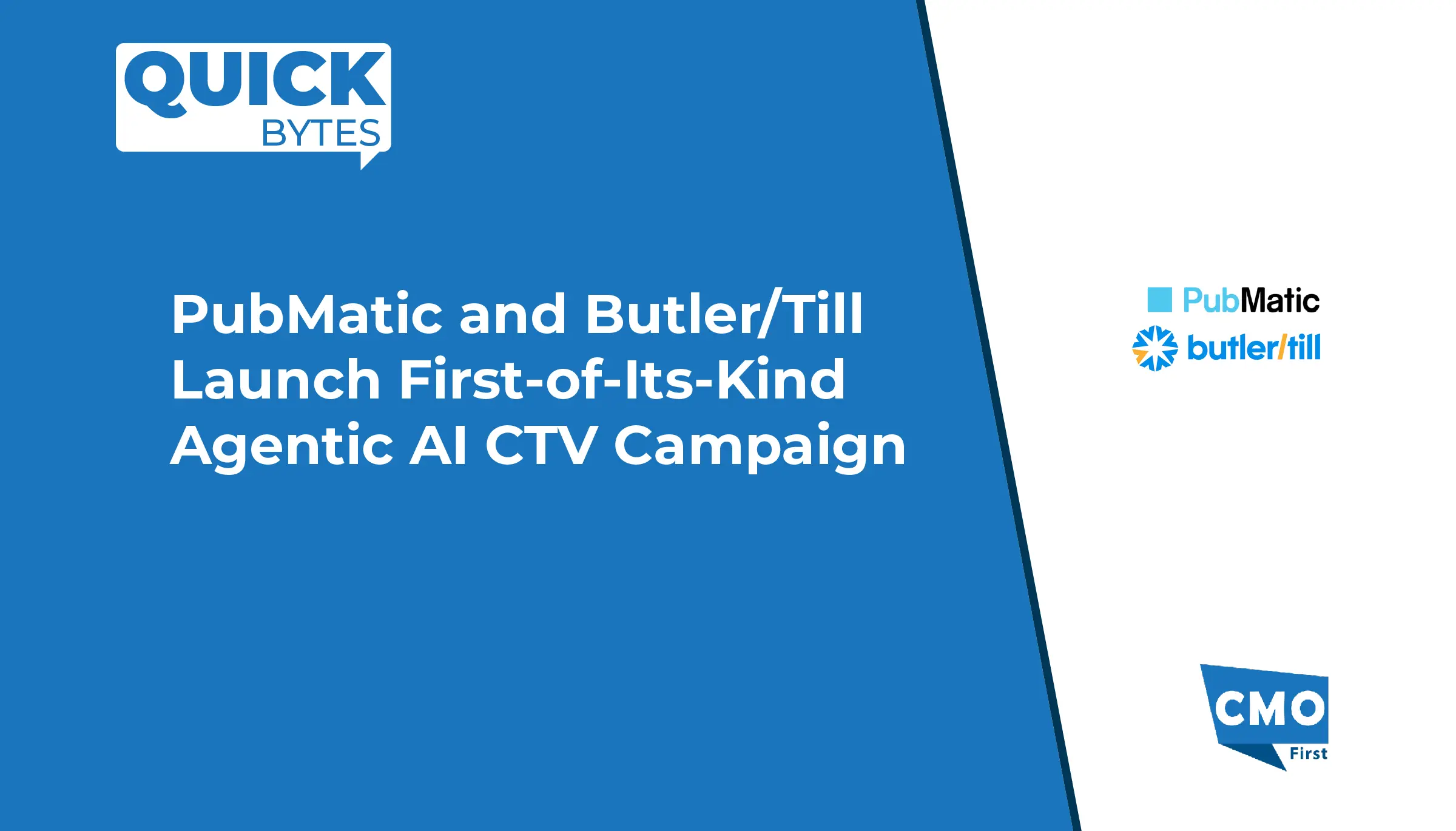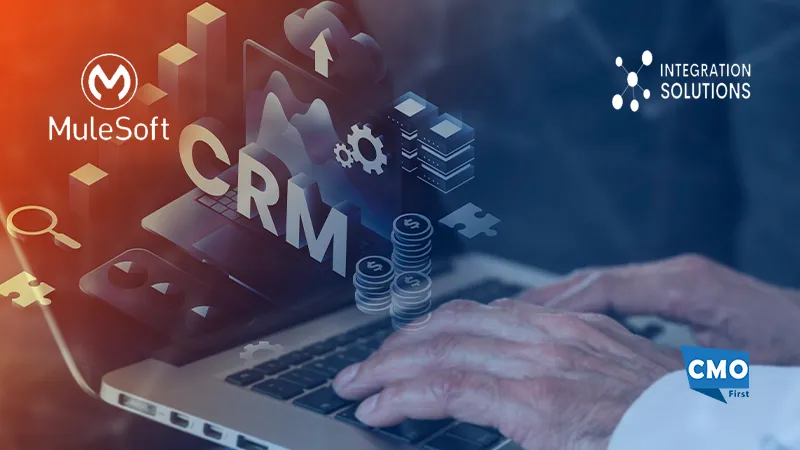Why it’s relevant: Customers increasingly expect quick and personalized responses to their service requests. To deliver on that expectation, companies must have ready access to every one of their data sources — and be able to put it to use with workforce-scaling AI agents and assistants. However, 95% of IT leaders still say integration issues are impeding AI adoption, leaving a gap between the technology companies need to meet customer expectations and what they can achieve.
Zoom in: MuleSoft’s integration, automation, and API management solutions help companies integrate their data to better leverage AI agents and assistants both inside and outside of Salesforce:
- Low-Code Integration enables admins to use out-of-the-box connectors directly within Flow Builder to securely access and use org-to-org and third-party data in their workflows. For example, admins can build a workflow that authorizes an autonomous sales agent to create an invoice in Quickbooks whenever a new order is updated.
- Salesforce API Catalog provides a single repository of APIs from Salesforce, MuleSoft, and Heroku embedded directly in Salesforce. Admins can use these APIs to create new topics and actions to improve the skills of an AI Agent. For example, admins can create an inventory topic leveraging integrations built with SAP.
- MuleSoft Direct for Data Cloud lets users easily find and deploy pre-built integrations to connect information from sources like Google Drive, Microsoft SharePoint, Confluence, and web pages to Data Cloud, directly from Salesforce. For example, admins can connect their product specifications, internal FAQs, and internal wikis into Data Cloud, allowing organizational knowledge in these sources to be used for grounding AI prompts within Service Cloud for faster, more personalized customer service responses.
- MuleSoft Topic Center allows developers to publish agent topics or groupings of specific information or skills that can be actioned with Agentforce Agents. The topics are created from integrations to various third-party systems that contextualize the response of Agentforce Agents, increasing their effectiveness. For example, developers can create a hardware device topic to assess whether an employee should have their laptop replaced, adding asset management and fulfillment APIs so the Agent learns the hardware replacement policy and how to place an order.
- MuleSoft AI Chain, an open-source initiative, provides seamless interaction with LLMs, vector databases, and APIs, empowering developers to build their own agent or copilot. For instance, a MuleSoft AI Chain connector can be used to connect and orchestrate Jira to multiple LLMs, resulting in an agent that can enhance the diagnosis of new or updated bugs. The agent can summarize the problem, suggest next steps, and gauge the customer’s sentiment from the existing conversation.
Salesforce perspective: “As organizations incorporate AI agents and assistants into their processes, having a simple approach to integrating their core systems and applications with LLMs is critical. With MuleSoft’s latest innovations, we are setting the stage for scalable, context-aware AI that empowers every team across the enterprise to build a foundation for AI.” – Andrew Comstock, VP, Product Management, MuleSoft.
SOURCE: Salesforce
























Leave a Reply